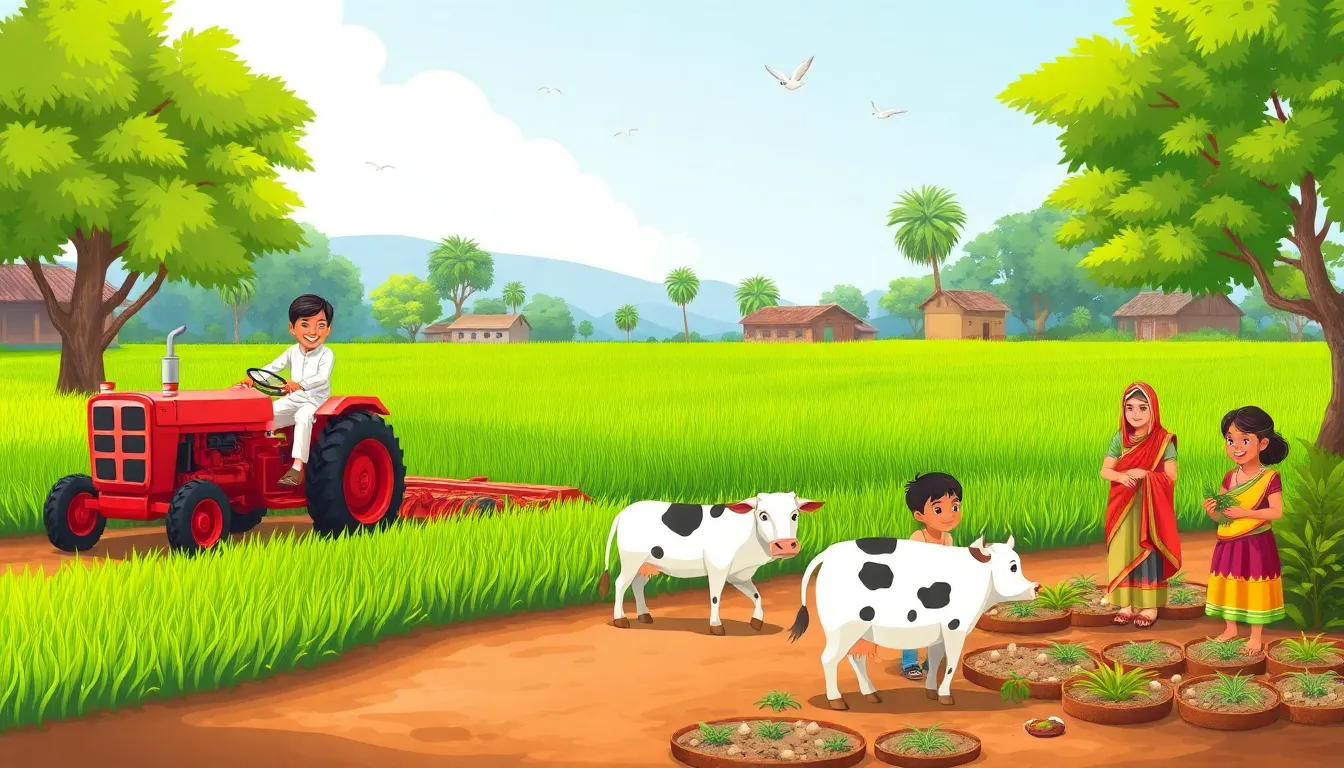Genetically Modified Organisms (GMOs) have been a hot topic for over three decades. Many people hoped that GMOs would solve major global issues like hunger and malnutrition. Yet, recent reports show that the promises of GMOs mostly fell flat. In 1995, the first genetically modified crops, Bt maize and glyphosate-resistant soybeans, were approved in the United States. The biotech industry promised that these crops would feed the world, reduce chemical use, and help the environment. But thirty years later, only 13% of global arable land is planted with GM crops, and most of these are found in just a few countries.
The initial claims about GMOs were bold. They were supposed to grow more food with fewer resources. However, the reality is quite different. Instead of reducing chemical use, many GM crops require even more pesticides and fertilizers. This leads to chemical-dependent monocultures, which can harm the environment. Farmers who adopted GM crops often find themselves locked into a cycle of expensive seeds and chemicals. This has resulted in a concentration of the agricultural seed market in the hands of a few corporations, further restricting farmer choices.
Despite these issues, the biotech industry continues to make new promises. New projects, such as GM Golden Rice and genetically modified chestnuts, were aimed at solving moral issues like malnutrition and protecting endangered species. However, these projects have not delivered on their promises either. Golden Rice, intended to combat vitamin A deficiency, has not been widely adopted. Similarly, GM chestnuts have not been effective in restoring American forests.
Critics argue that the real problem lies in the mismatch between the issues faced by farmers and the solutions offered by genetic engineering. Often, cheaper and more effective non-GMO alternatives exist. For example, farmers can improve their yields by enhancing traditional farming practices rather than relying on expensive patented seeds.
Today, new gene-editing technologies like CRISPR are being promoted as the next big thing in agriculture. However, much like previous promises, the results have yet to live up to the hype. Of the few gene-edited crops available, one has already failed to meet expectations.
The patterns of over-promising and under-delivering are concerning. Many experts believe that instead of relying on technology, we need to focus on creating fairer and more sustainable agricultural systems. The underlying issues of injustice, inequality, and unsustainable farming cannot be resolved through technology alone.
The new website, GMO Promises, aims to educate journalists, policymakers, and the public about the history of GMO claims and the lessons we should learn moving forward. It presents eight notable claims made by the biotech industry and outlines what actually happened in each case. The evidence suggests that the focus should shift from patented technologies to ecological and diverse agricultural practices that support farmers and the environment.
In conclusion, while GMOs were once hailed as a solution to global agricultural challenges, the reality is far more complex. The ongoing issues in agriculture reflect deeper societal problems that technology alone cannot fix. Moving forward, embracing ecological practices may hold the key to sustainable farming and food security for future generations.





